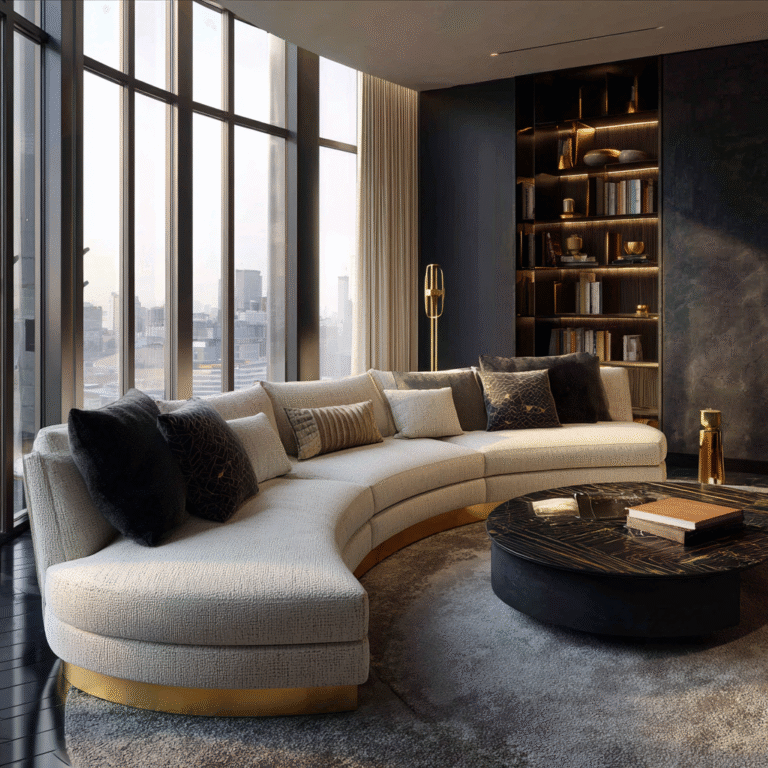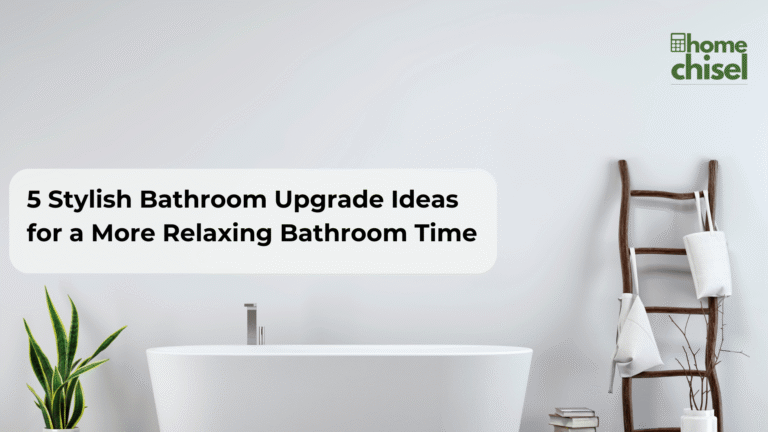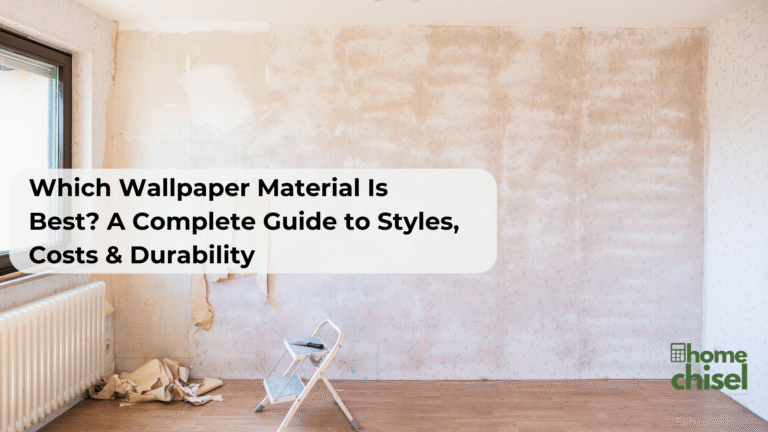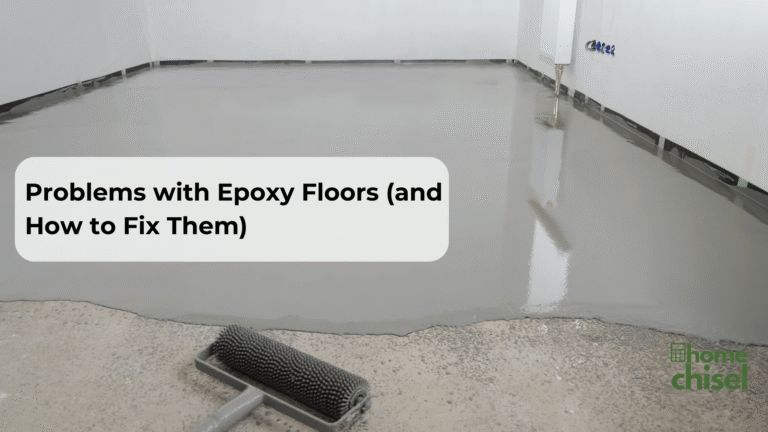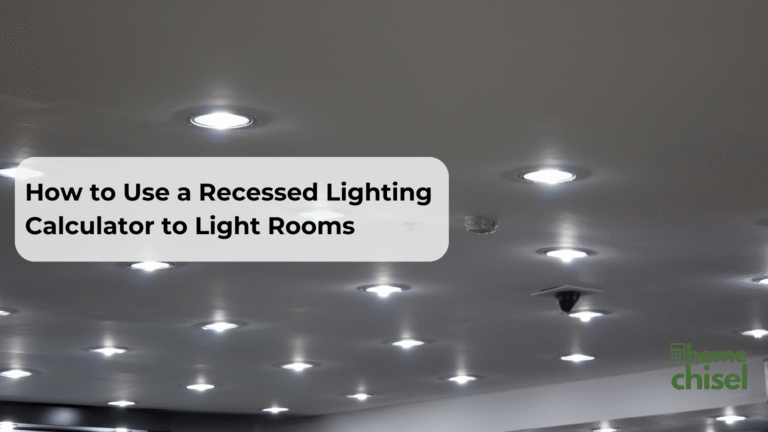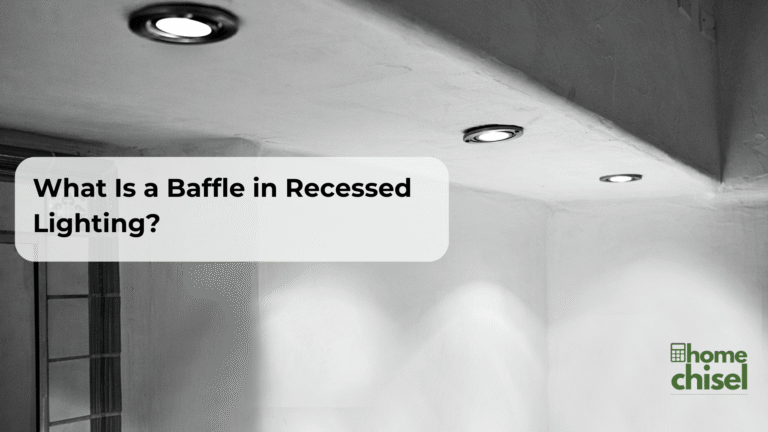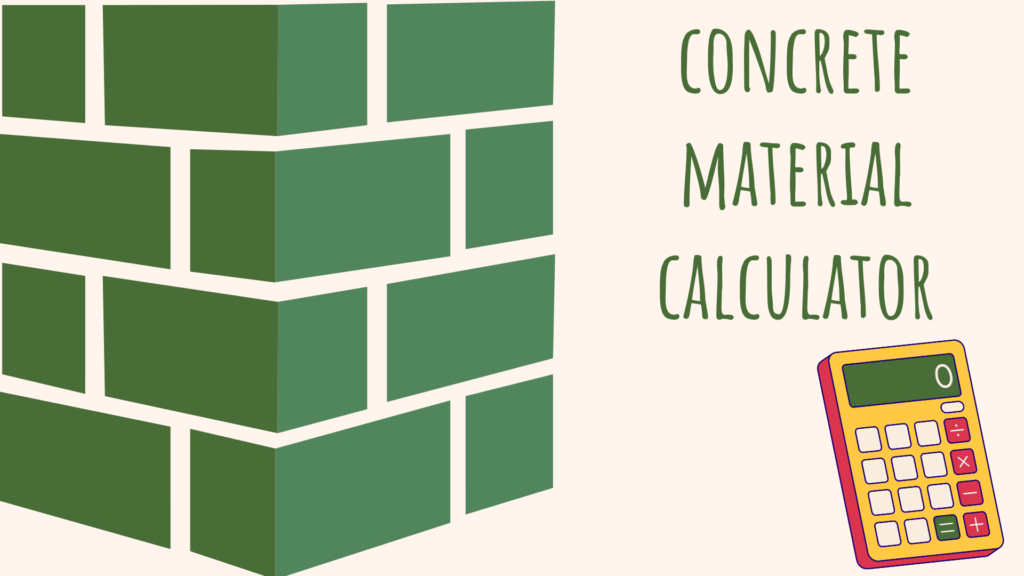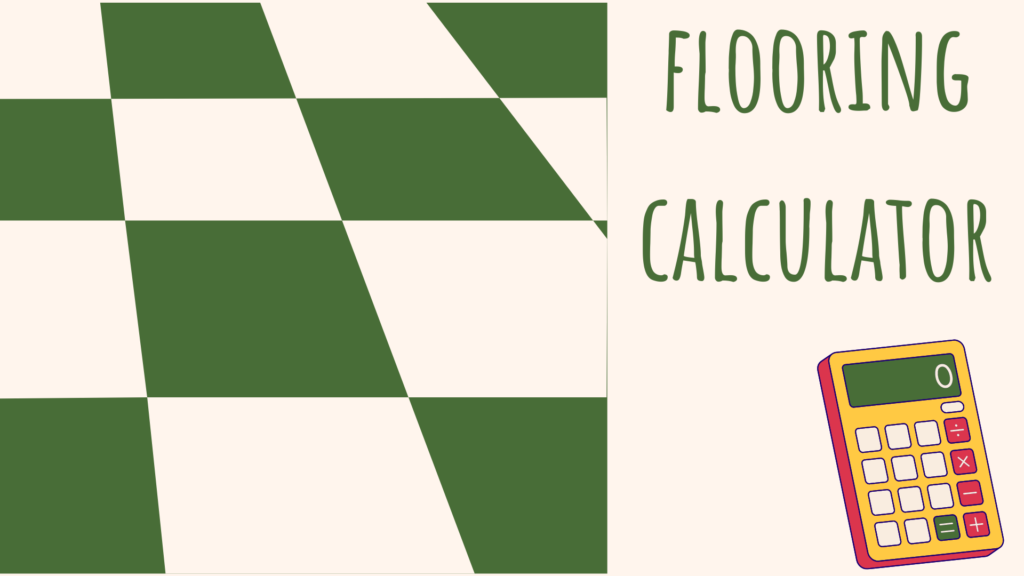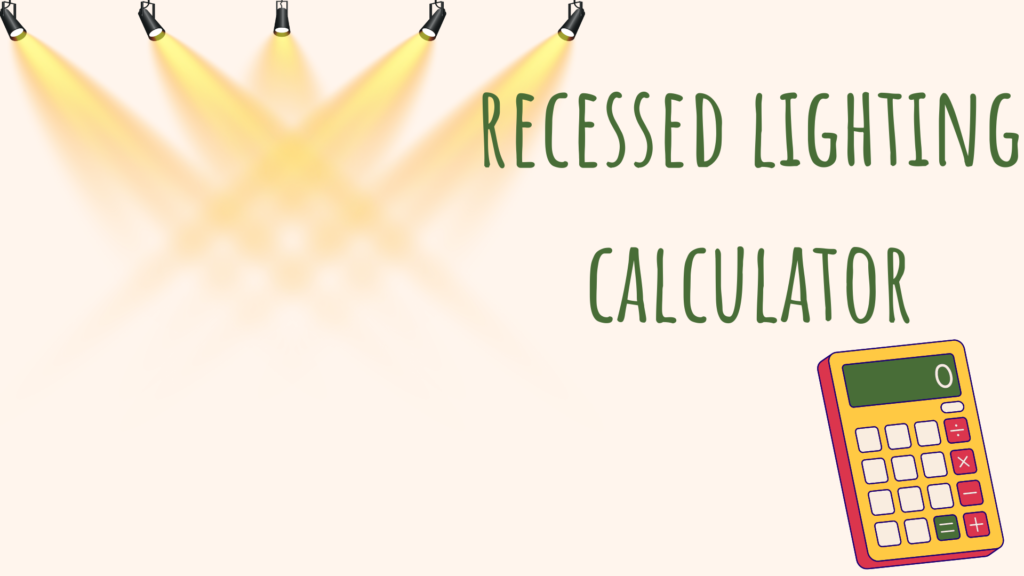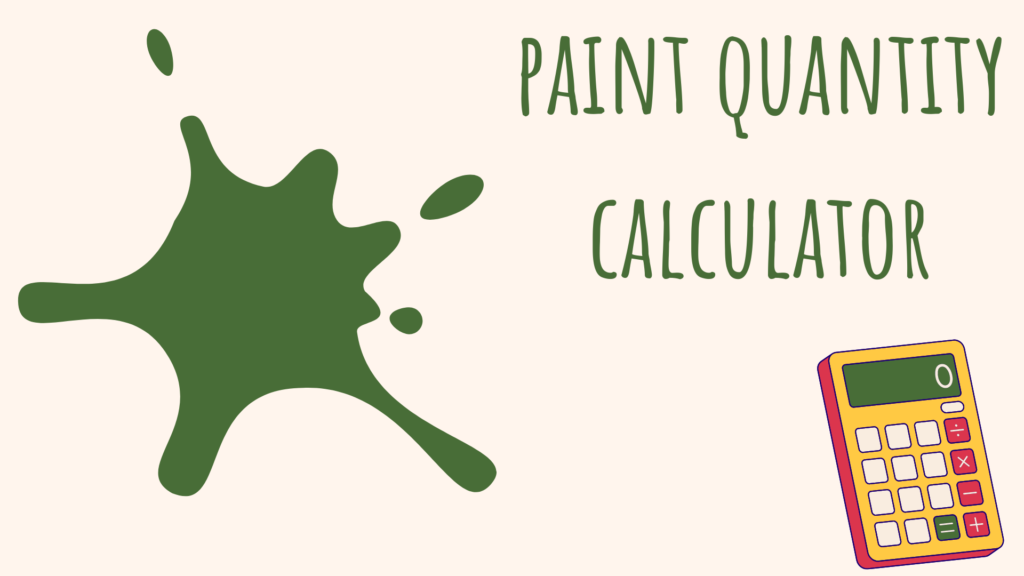Recessed lighting is a versatile and sleek solution for illuminating both indoor and outdoor spaces. Whether you’re looking to highlight architectural features, create ambiance, or add functional lighting, recessed lights are an excellent choice. As an expert in home and garden decor, I often get questions about how to effectively design and install recessed lighting. In this guide, I’ll cover everything you need to know to make informed decisions about recessed lighting for your home and garden.
Table of Contents
What Is Recessed Lighting and Why Is It So Popular?
Recessed lighting, sometimes called can lights or downlights, is a lighting fixture installed directly into the ceiling, creating a streamlined and minimalist look. Unlike traditional lighting fixtures, recessed lights sit flush with the surface, making them an excellent option for modern interiors.
Key Benefits of Recessed Lighting:
- Space-Saving Design: Ideal for rooms with low ceilings or limited space for hanging fixtures.
- Versatile Usage: Can be used in any room of the house, from living rooms to bathrooms and kitchens, as well as outdoor spaces.
- Customizable Layouts: With the right planning and a recessed lighting layout calculator, you can easily determine the perfect number of lights and their spacing for optimal illumination. Here is our recessed lighting layout calculator, click and calculate how much lighting you’ll need.
- Energy Efficiency: Many recessed lighting fixtures, especially those using LED bulbs, are designed for energy efficiency, resulting in lower electricity bills and a reduced carbon footprint.
How to Choose the Right Recessed Lighting for Your Home and Garden
Selecting the best recessed lighting depends on several factors, including room size, ceiling height, and your lighting needs. Here are a few things to consider:
1. Room Functionality and Lighting Needs
Each room serves a different purpose, and the lighting should reflect that. For example:
· Living Room: You’ll want a combination of ambient and accent lighting to create a cozy atmosphere. Consider using dimmable options for added flexibility.
· Kitchen: Bright task lighting is essential, especially over workspaces like countertops and sinks. Layering recessed lights with pendant lights can provide both general and task illumination.
· Garden: Outdoor lighting is key for safety and aesthetics, particularly near pathways or garden features. Recessed lights can highlight trees, shrubs, or architectural elements in your garden.
2. Ceiling Height
Ceiling height plays a major role in how many recessed lights you’ll need. A general rule of thumb is to space lights about 4 to 6 feet apart in rooms with 8-foot ceilings. For higher ceilings, you may need more powerful fixtures or closer spacing. You can use a lighting calculator to adjust based on the specific dimensions of your room.
3. Lighting Options and Types of Bulbs
When it comes to recessed lighting, LED lights are the most energy-efficient choice. Not only do they last longer, but they also consume less electricity than incandescent or halogen bulbs. LEDs are also available in a range of color temperatures, from warm white to daylight, allowing you to tailor the lighting to your preferences.
How to Choose the Right Recessed Lighting for Your Home and Garden
Selecting the best recessed lighting depends on several factors, including room size, ceiling height, and your lighting needs. Here are a few essential considerations:
1. Room Functionality and Lighting Needs
Each room serves a different purpose, and the lighting should reflect that. For example:
- Living Room: You’ll want a combination of ambient and accent lighting to create a cozy atmosphere. Consider using dimmable options for added flexibility.
- Kitchen: Bright task lighting is essential, especially over workspaces like countertops and sinks. Layering recessed lights with pendant lights can provide both general and task illumination.
- Garden: Outdoor lighting is key for safety and aesthetics, particularly near pathways or garden features. Recessed lights can highlight trees, shrubs, or architectural elements in your garden.
2. Ceiling Height
Ceiling height plays a major role in how many recessed lights you’ll need. A general rule of thumb is to space lights about 4 to 6 feet apart in rooms with 8-foot ceilings. For higher ceilings, you may need more powerful fixtures or closer spacing. You can use a lighting calculator to adjust based on the specific dimensions of your room.
3. Lighting Options and Types of Bulbs
When it comes to recessed lighting, LED lights are the most energy-efficient choice. Not only do they last longer, but they also consume less electricity than incandescent or halogen bulbs. LEDs are available in a range of color temperatures, from warm white to daylight, allowing you to tailor the lighting to your preferences.
4. Recessed Light Trims
Selecting the right trim for your recessed lights is crucial, as it can influence both aesthetics and functionality. Trims come in various styles, including baffle, reflector, and adjustable trims. Baffle trims are excellent for reducing glare, while adjustable trims can direct light precisely where it’s needed.
How to Calculate Recessed Lighting for Any Room
Calculating the number of recessed lights you need can be tricky, but with a recessed lighting layout calculator, the process becomes much easier. Here are a few steps you can follow:
- Measure the Room’s Length and Width
For example, if your room is 12×12 feet, calculate the total square footage (12×12 = 144 sq. ft.). - Determine the Total Lumens Needed
Rooms typically need around 20 lumens per square foot. For a 144 sq. ft. room, you would need around 2880 lumens. - Choose the Right Bulbs
LED bulbs range from 600 to 800 lumens each, so if you choose 800-lumen bulbs, you would need about four recessed lights to achieve the desired brightness. - Spacing the Lights
For standard ceilings, space the lights about 4 feet apart. For taller ceilings, reduce the spacing to avoid shadows and dark spots.
Outdoor Lighting: Using Recessed Lights in Your Garden

Outdoor recessed lighting can transform your garden into an elegant and functional space, especially for evening gatherings. Here are a few things to keep in mind when installing recessed lights outdoors:
1. Weatherproofing and Durability
Make sure the recessed lighting fixtures you choose are rated for outdoor use. These fixtures are built to withstand moisture and temperature changes, ensuring they remain functional in all weather conditions.
2. Energy Efficiency
For outdoor lighting, LED recessed lights are the most energy-efficient choice. They consume less power, last longer, and provide bright, clear light without the need for frequent replacements.
3. Solar-Powered Options
Solar-powered recessed lights are a great option for gardens, as they don’t require electrical wiring and run on renewable energy. These lights work best in areas that receive plenty of sunlight during the day.
Best Practices for Installing Recessed Lighting
If you’re planning to install recessed lights yourself or hire a professional, it’s important to understand some basic installation principles.
1. Use the Correct Wiring
When installing LED recessed lights, it’s important to use the right size wire. For most household installations, 12-gauge wire is recommended as it can safely handle the electrical load. Additionally, make sure that your wiring complies with local building codes to avoid electrical hazards.
2. Ensure Proper Placement
The placement of recessed lighting is key to achieving a well-lit space. Avoid placing lights too close to walls, as this can create unwanted shadows. Instead, position lights evenly across the ceiling to provide uniform lighting.
3. Select the Right Trim
Recessed light trims come in various styles, such as baffle, eyeball, and reflector trims. The trim affects the light’s direction and intensity, so choose one that fits the purpose of your lighting.
Enhancing Your Home’s Aesthetics with Pendant and Accent Lighting
In addition to recessed lighting, other lighting options like pendant lights can add a touch of elegance to your home. Pendant lights work particularly well over kitchen islands, dining tables, and entryways. When paired with recessed lights, they can create a layered lighting effect that elevates the overall ambiance of your space.
Common Questions About Recessed Lighting
How many recessed lights should I install in a 12×12 room?
As a general rule, you would need about four to six recessed lights for a room of this size. However, using a lighting calculator will give you more precise results based on your ceiling height and light preferences.
What is the best light bulb to use for recessed lighting?
LED bulbs are the best option for recessed lighting because they are energy-efficient, long-lasting, and provide consistent brightness.
Can recessed lights be installed in vaulted ceilings?
Yes, recessed lights can be installed in vaulted ceilings. However, you will need to adjust the placement and angle of the lights to ensure even illumination. Using adjustable trims or eyeball trims can help direct the light where it’s needed most.
Why Recessed Lighting Is the Perfect Choice for Home and Garden
Recessed lighting is a sleek and effective way to brighten up both indoor and outdoor spaces. Whether you’re looking to add a modern touch to your living room or illuminate your garden pathways, recessed lights offer endless possibilities. Remember, using a recessed lighting calculator can help you plan the perfect layout and ensure you get the right amount of lighting for your space.
With the right tools and planning, you can transform your home and garden into beautifully lit spaces that are both functional and stylish.
Discover Our Other Interior Design Articles
What’s Next in Style: 7 Interior Design Trends 2026
Choosing the Right Flooring for Your Home: Top Materials, Costs & Tips
5 Stylish Bathroom Upgrade Ideas for a More Relaxing Bathroom Time
Which Wallpaper Material Is Best? A Complete Guide to Styles, Costs & Durability
Problems with Epoxy Floors (and How to Fix Them)
What Temperature to Wash Curtains (Without Ruining Them)
You’re not alone.
A few …
What Is a Baffle in Recessed Lighting? (And Why It Makes a Big Difference)
That harsh glare isn’t just about the bulb—it’s …
How to Grout Tile Like a Pro (Even If You’re a First-Timer)
“Do I really need to grout this… …

